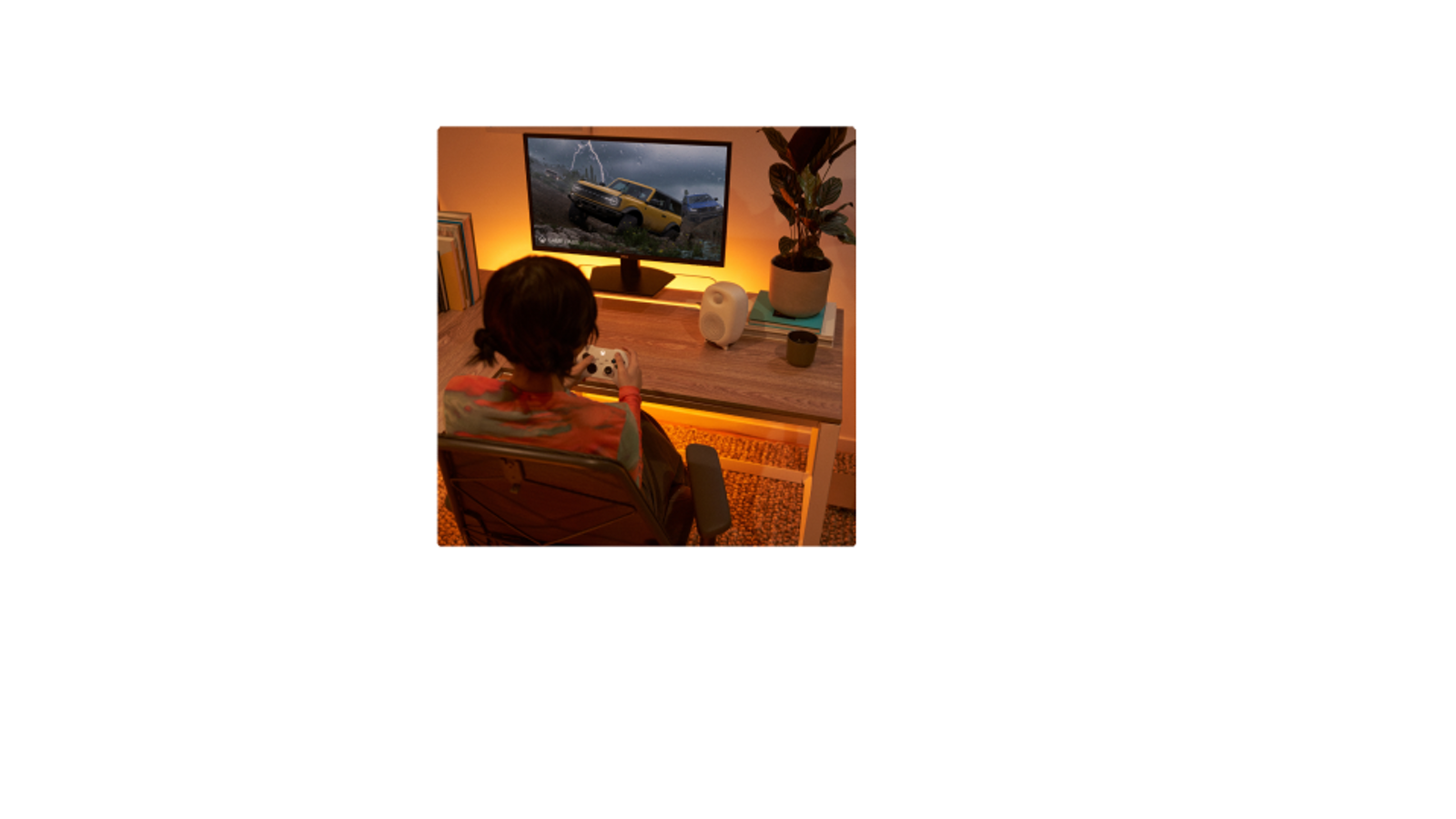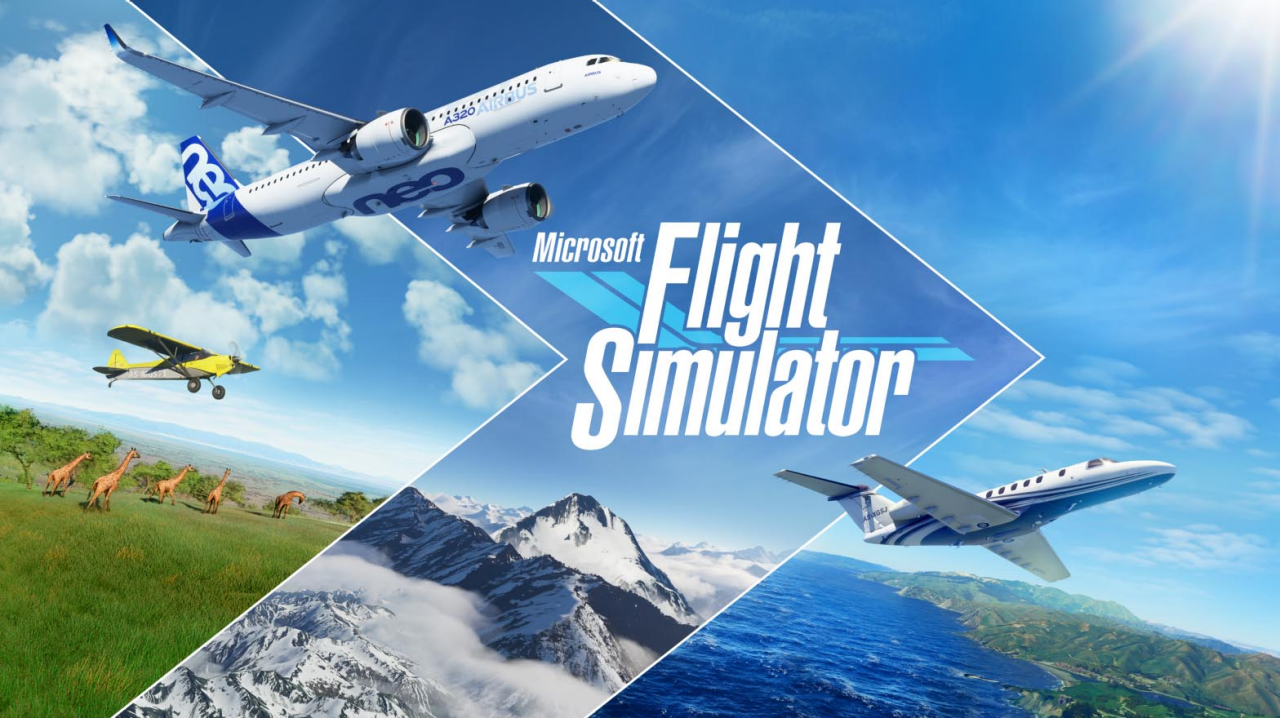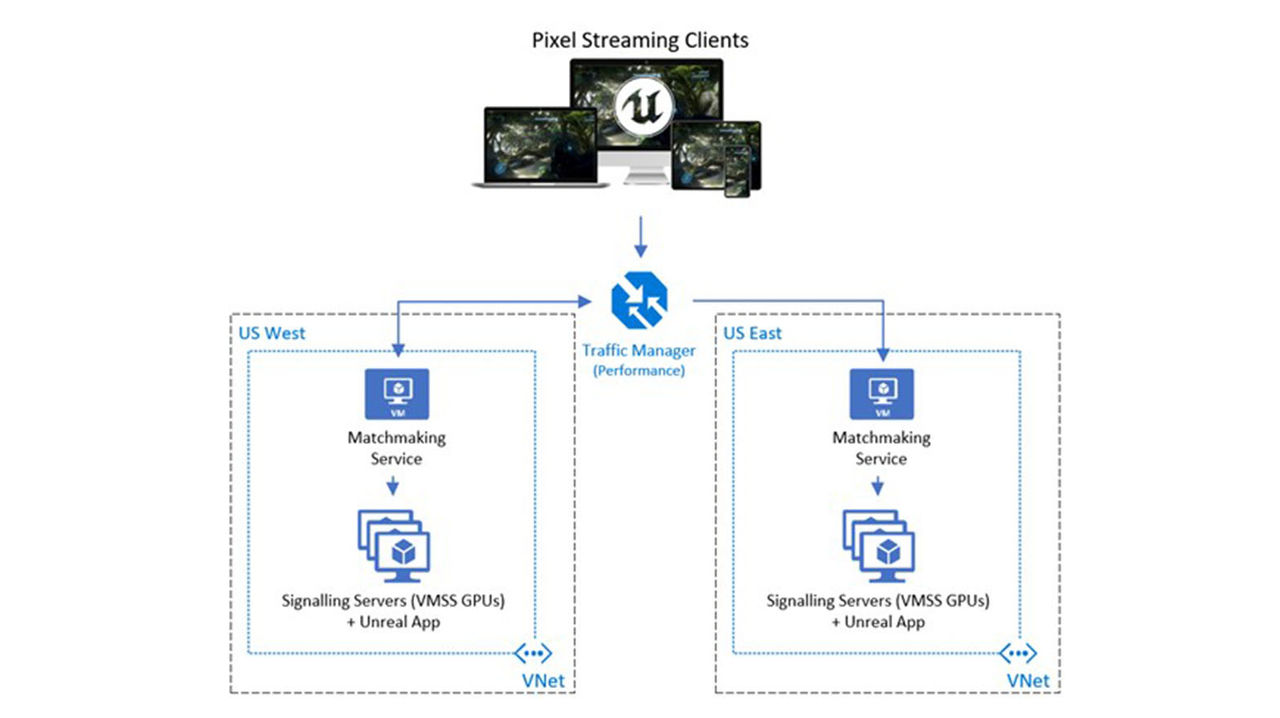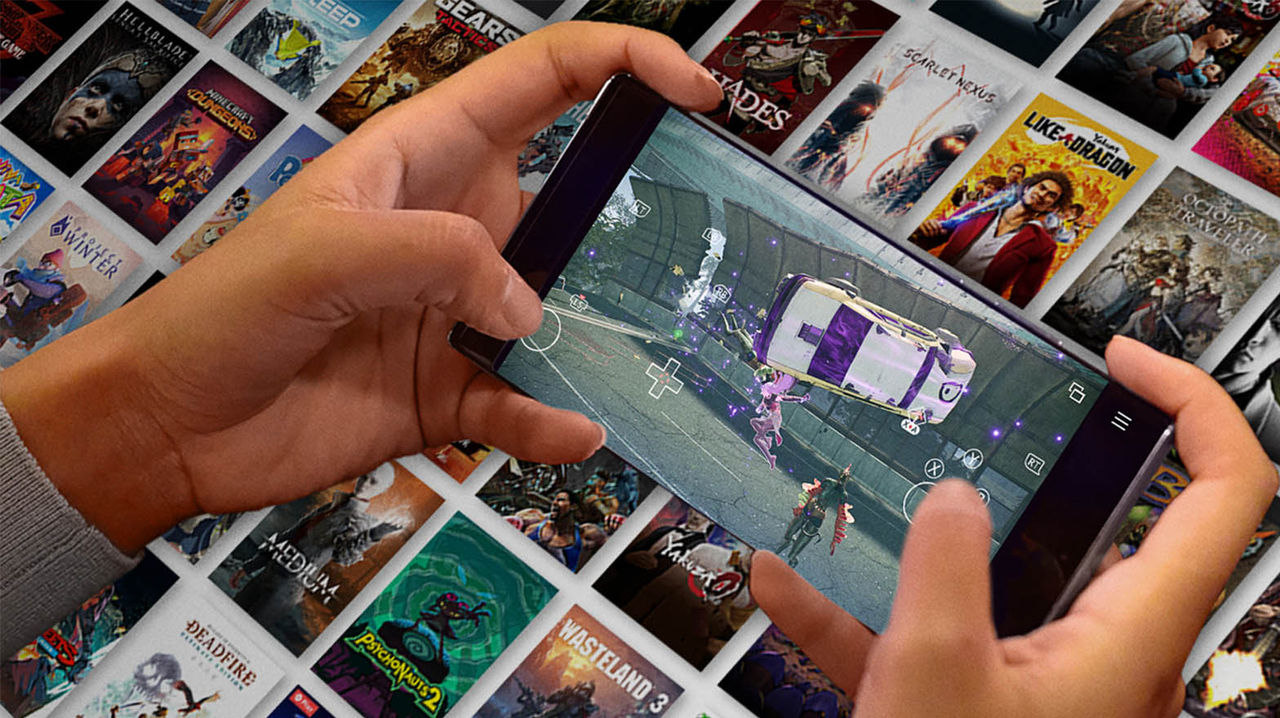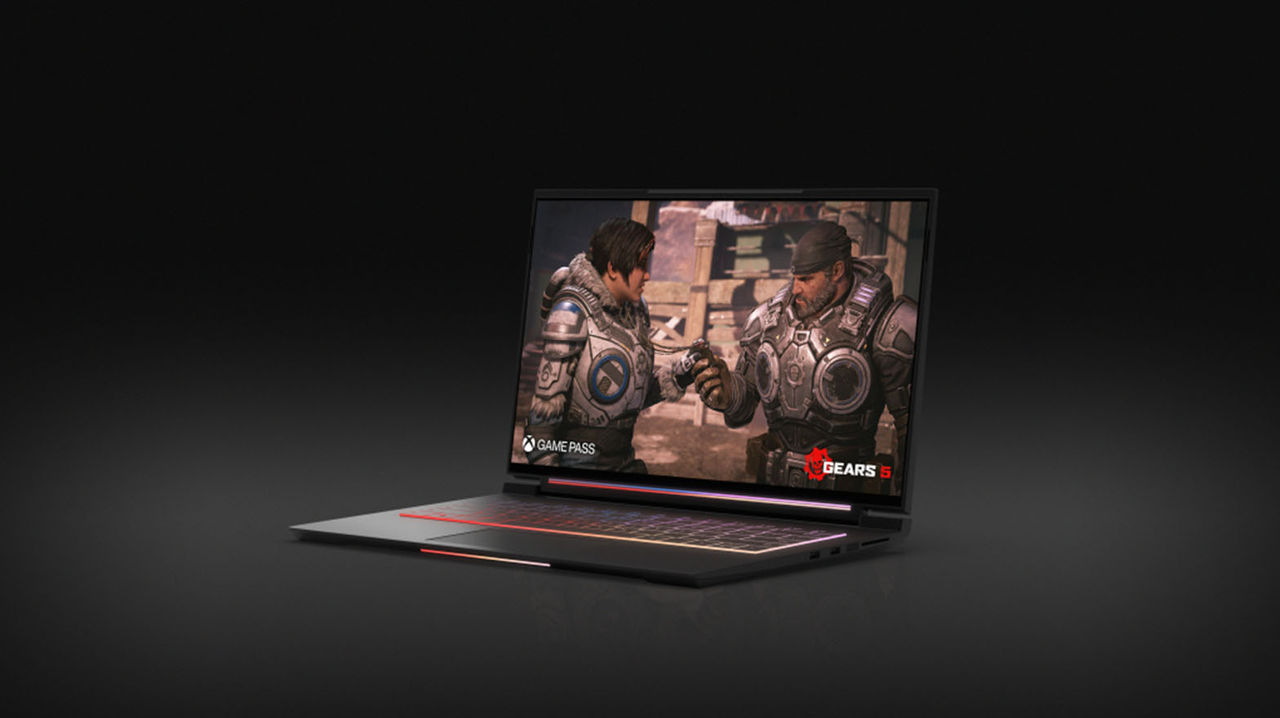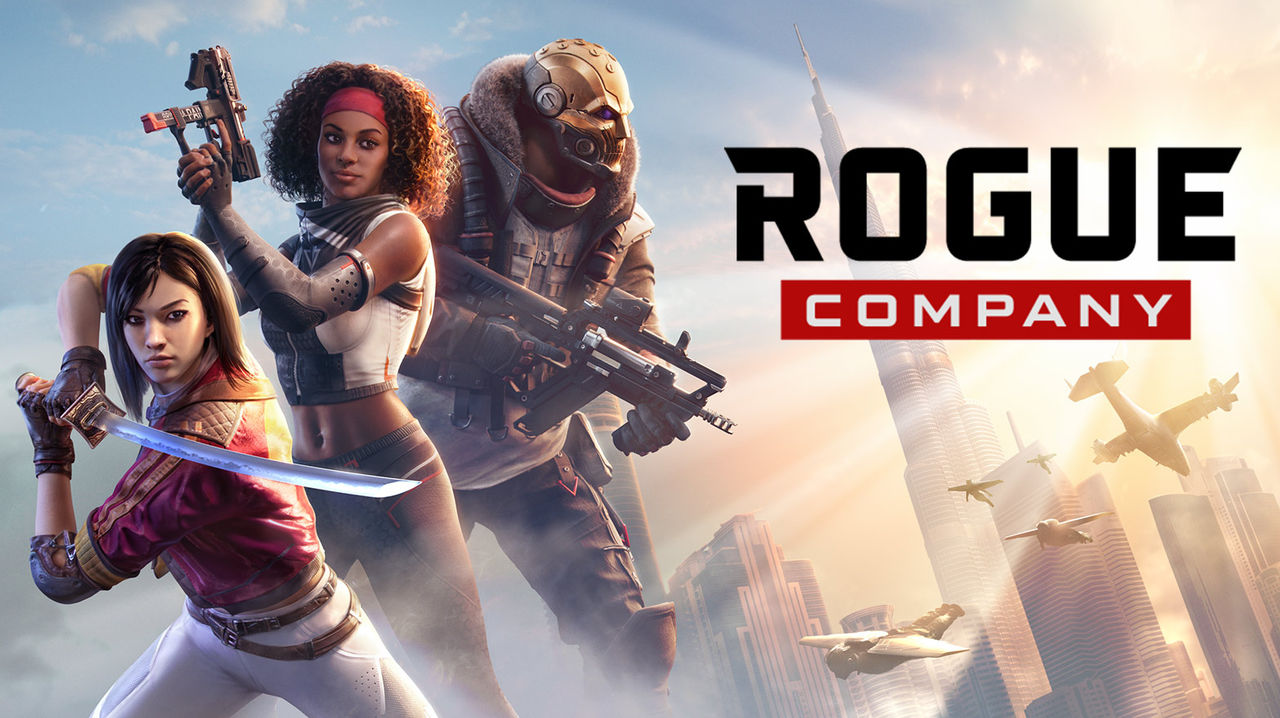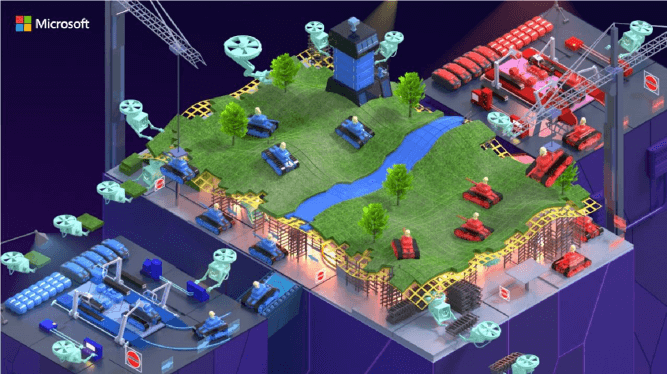- GDC 2024 Announce
- G4E at GDC
- C++ Year in Review
Community Sift & the Future of Content Moderation
We're excited to share how Community Sift is creating healthy and safe communities for players with the use of innovative tools and solutions.
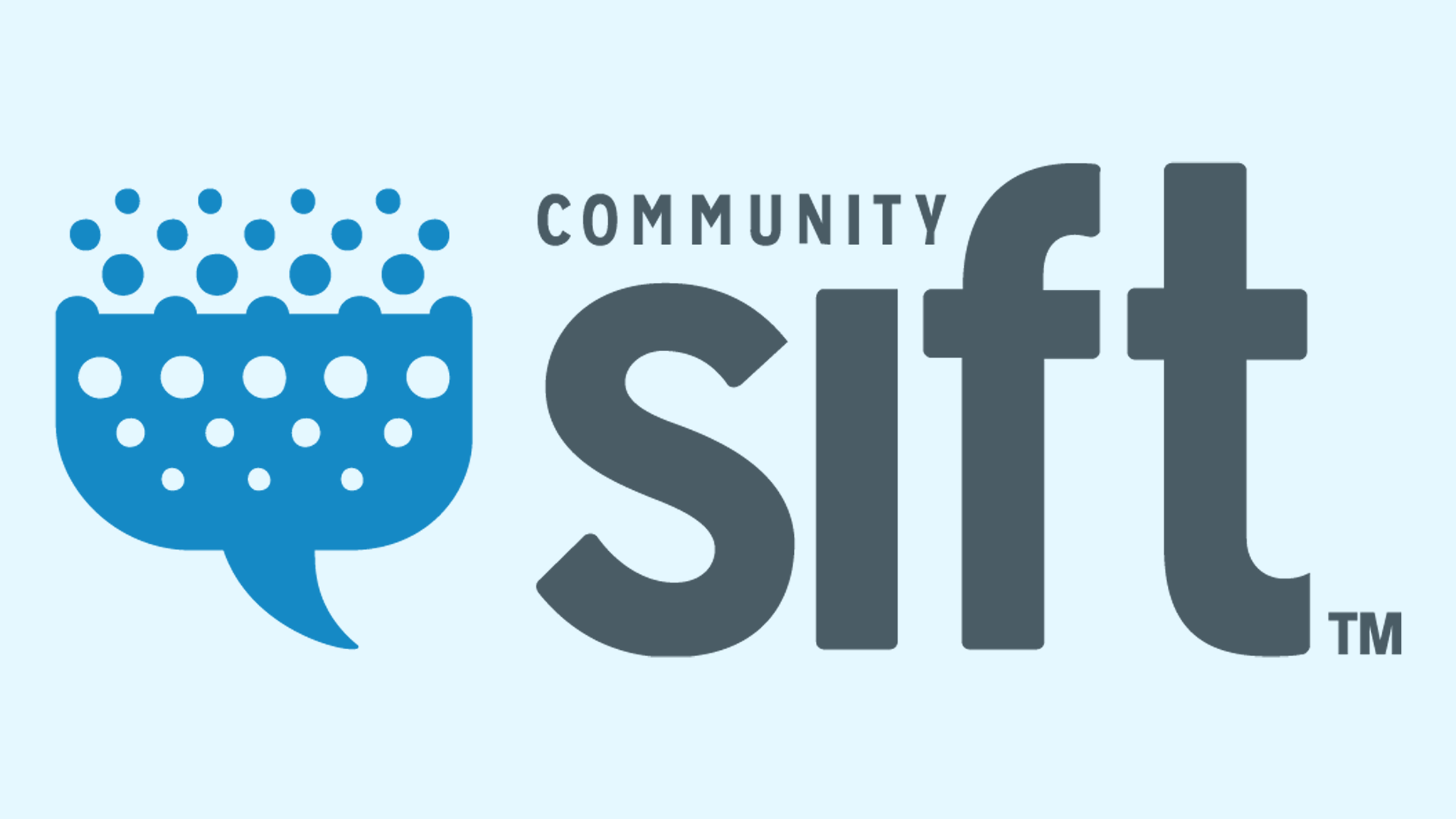
Xbox Releases Gaming for Everyone Product Inclusion Framework for Game Developers
The framework provides a set of actionable resources to help game developers weave intentionality and inclusion into their products and games.
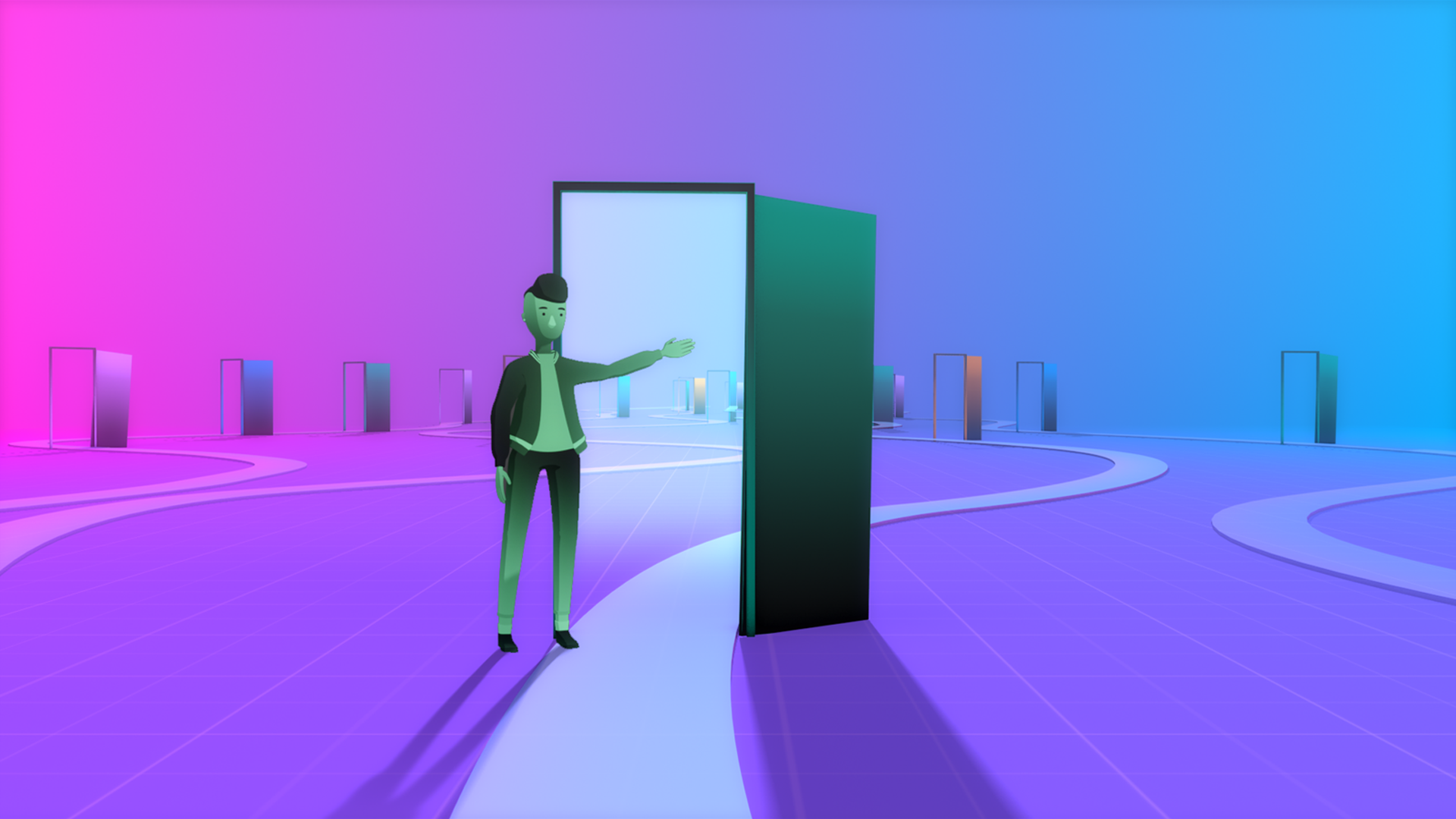
How Minecraft Puts Players at the Center of the Universe of Big Data
How do you represent the views of millions of Minecraft players around the world? With data, of course!
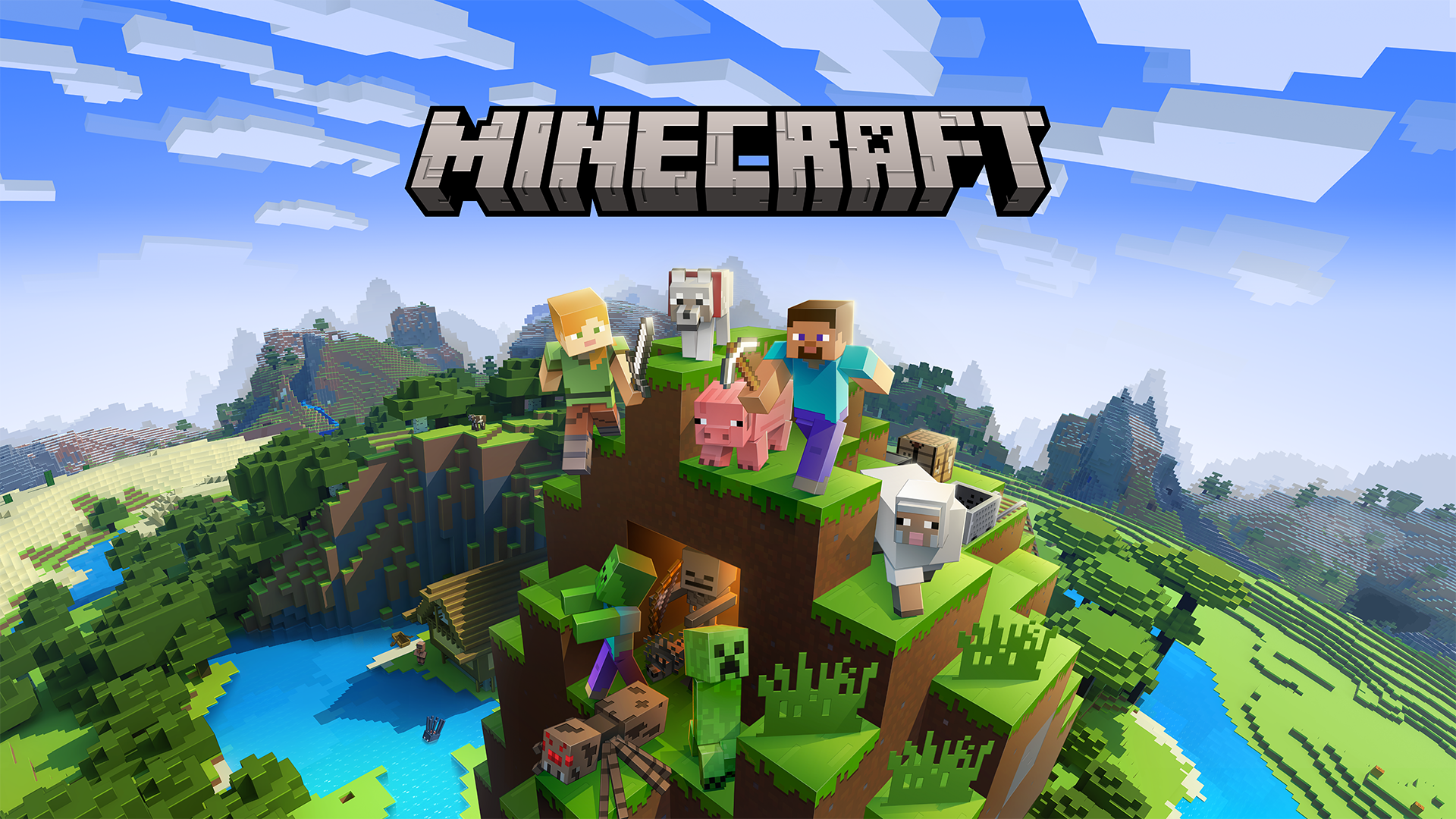
Find your solution
Development tools for every platform
Explore the many best-in-class Microsoft game development tools available to help you build games more easily, and efficiently.

Solutions to reach players everywhere
Learn about ID@Xbox self-publishing, Game Pass subscriptions, and Xbox Cloud Gaming to discover the distribution solution that’s right for you.
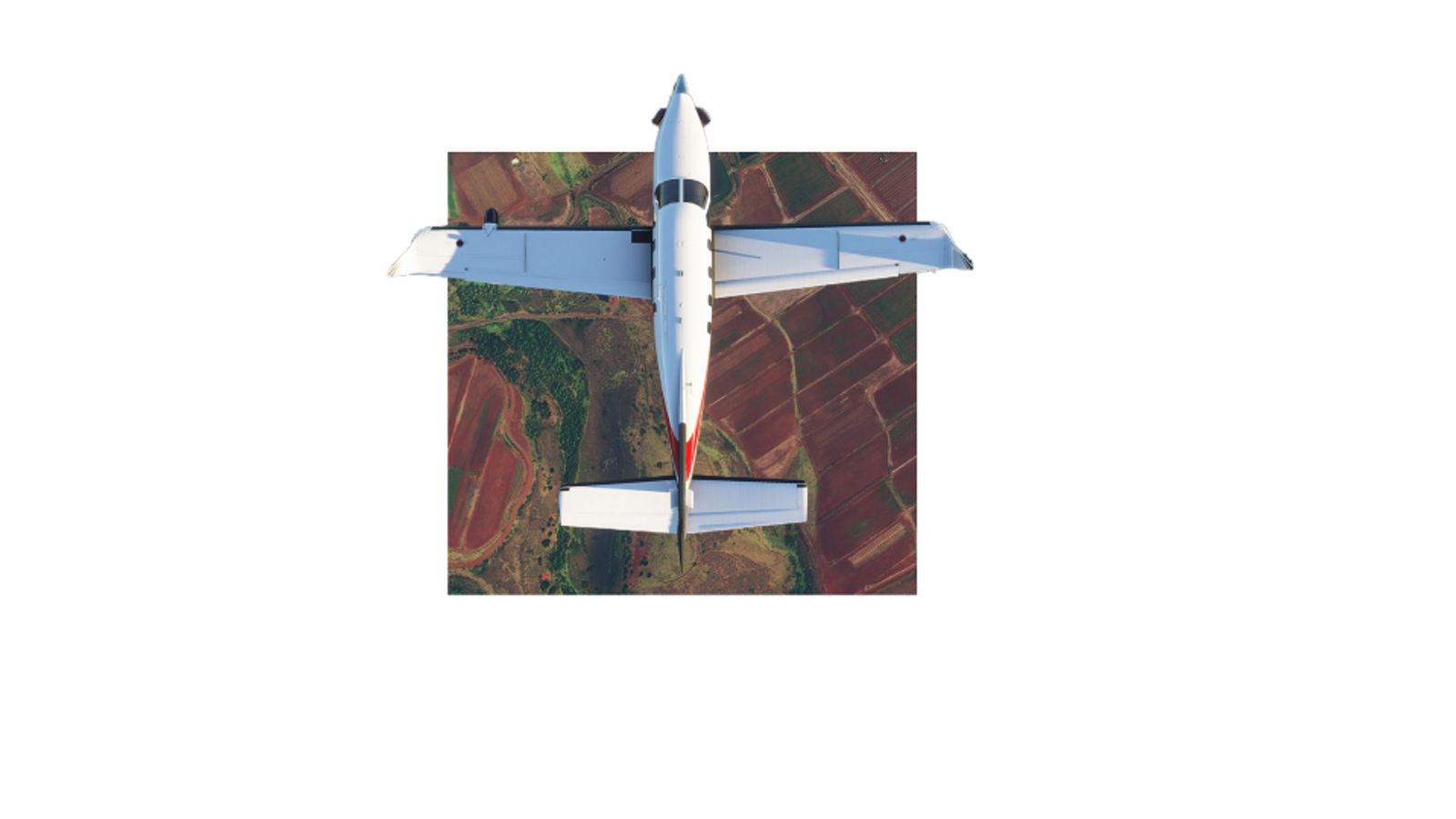
Solutions to grow player engagement
Discover tools, systems, and strategies to grow player engagement, develop active communities, and host vibrant in-game marketplaces. Find the right tech stack to help you expand into new markets and reach new audiences at scale.
